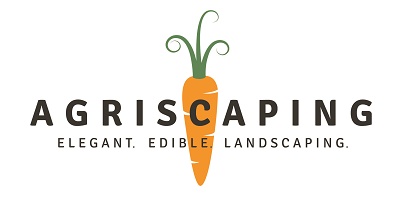A Feast for the Senses: Exploring the Charm and Taste of Edible Flowers
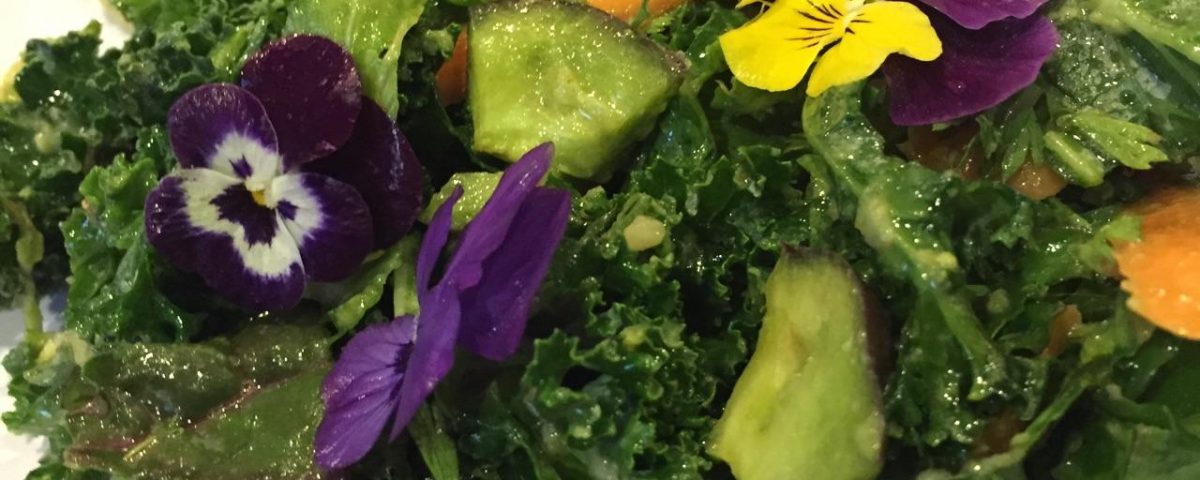
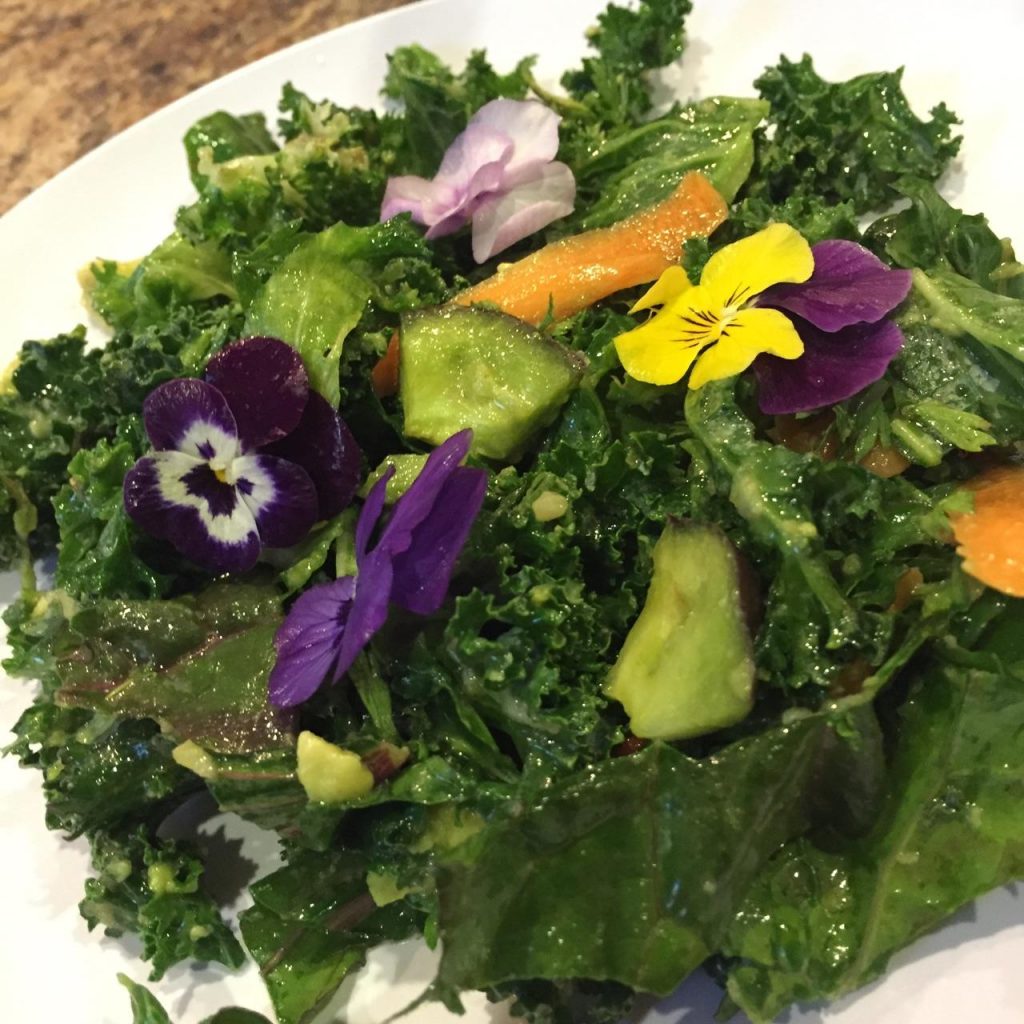
Transform your garden into both a visual and culinary masterpiece by embracing the elegance of edible flowers. Not only do these blossoms beautify their surroundings, but they also offer unique flavors and nutritional benefits, adding a splash of color to your plate.
For many plants, the flower is their crowning achievement—not the fruit. Packed with nutrients, flowers represent the pinnacle of their growth and often carry medicinal properties. In fact, countless modern medicines trace their origins back to blooms.
Among the edible varieties, pansies and other flowers in the viola family stand out as favorites for consumption. These flowers possess compounds often found in medications, making them nutritionally valuable in addition to their delightful appearance.
It’s important to note that not all edible flowers boast a pleasant taste. Edible doesn’t always mean delicious, but there are plenty of blossoms that do delight the palate. Take the Jamaican hibiscus (also known as roselle), for example. This vibrant flower forms the base of Red Zinger Tea, offering a remarkable sweet-and-sour flavor paired with its striking red hue.
Another standout is the pineapple guava flower. Its evergreen appeal has made it a landscaping favorite for decades, but its petals—reminiscent of cotton candy—are a culinary delight far superior to the taste of its fruit.
Curious to learn more about edible flowers? Our comprehensive guide covers everything from planting tips to flavor profiles, ensuring you know what to expect when incorporating flowers into your meals. Sign up for our newsletter to access the edible flower guide: agriscaping.kartra.com/page/newsletter.
Next week, we’ll discuss an essential topic: not all flowers are edible. Stay tuned to find out which blooms are safe for your garden-to-table journey!

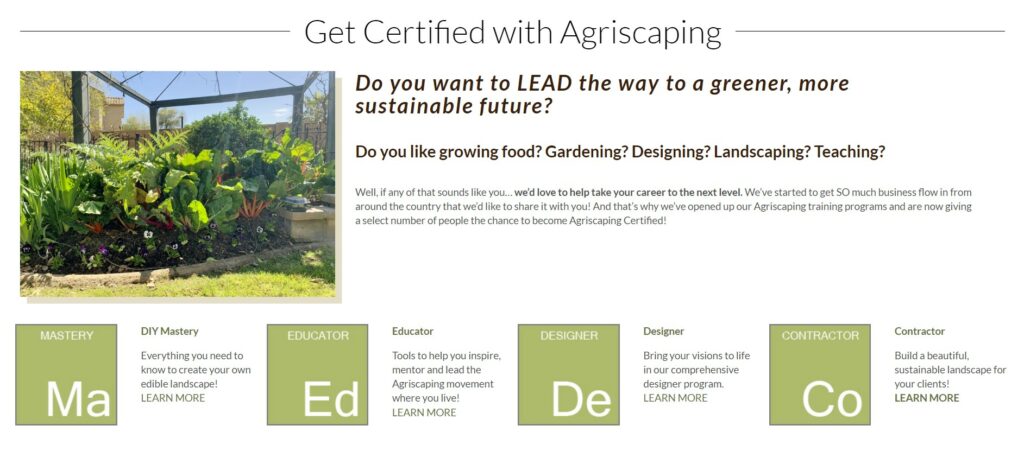
Read Our Latest Posts…
- Innovations in Elegant Edible Landscaping
 Expert tips for desert gardening, from plant zoning and efficient irrigation to soil care and agriscaping for a sustainable landscape.
Expert tips for desert gardening, from plant zoning and efficient irrigation to soil care and agriscaping for a sustainable landscape. - Herbs: More Than Just a Pretty Face
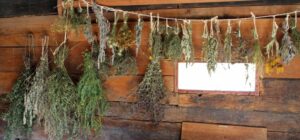 Expert tips for desert gardening, from plant zoning and efficient irrigation to soil care and agriscaping for a sustainable landscape.
Expert tips for desert gardening, from plant zoning and efficient irrigation to soil care and agriscaping for a sustainable landscape. - 4 Tips for Raised Garden Success
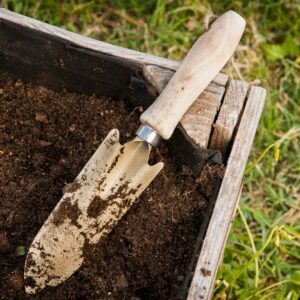 Expert tips for desert gardening, from plant zoning and efficient irrigation to soil care and agriscaping for a sustainable landscape.
Expert tips for desert gardening, from plant zoning and efficient irrigation to soil care and agriscaping for a sustainable landscape. - Mastering Microclimates And Optimize Your Yard for Year-Round Growing
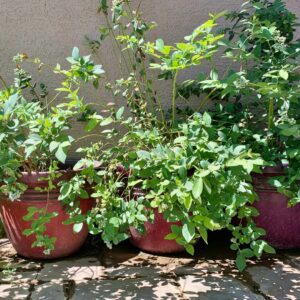 Expert tips for desert gardening, from plant zoning and efficient irrigation to soil care and agriscaping for a sustainable landscape.
Expert tips for desert gardening, from plant zoning and efficient irrigation to soil care and agriscaping for a sustainable landscape. - What Is a Cocktail Fruit Tree?
 Expert tips for desert gardening, from plant zoning and efficient irrigation to soil care and agriscaping for a sustainable landscape.
Expert tips for desert gardening, from plant zoning and efficient irrigation to soil care and agriscaping for a sustainable landscape.
